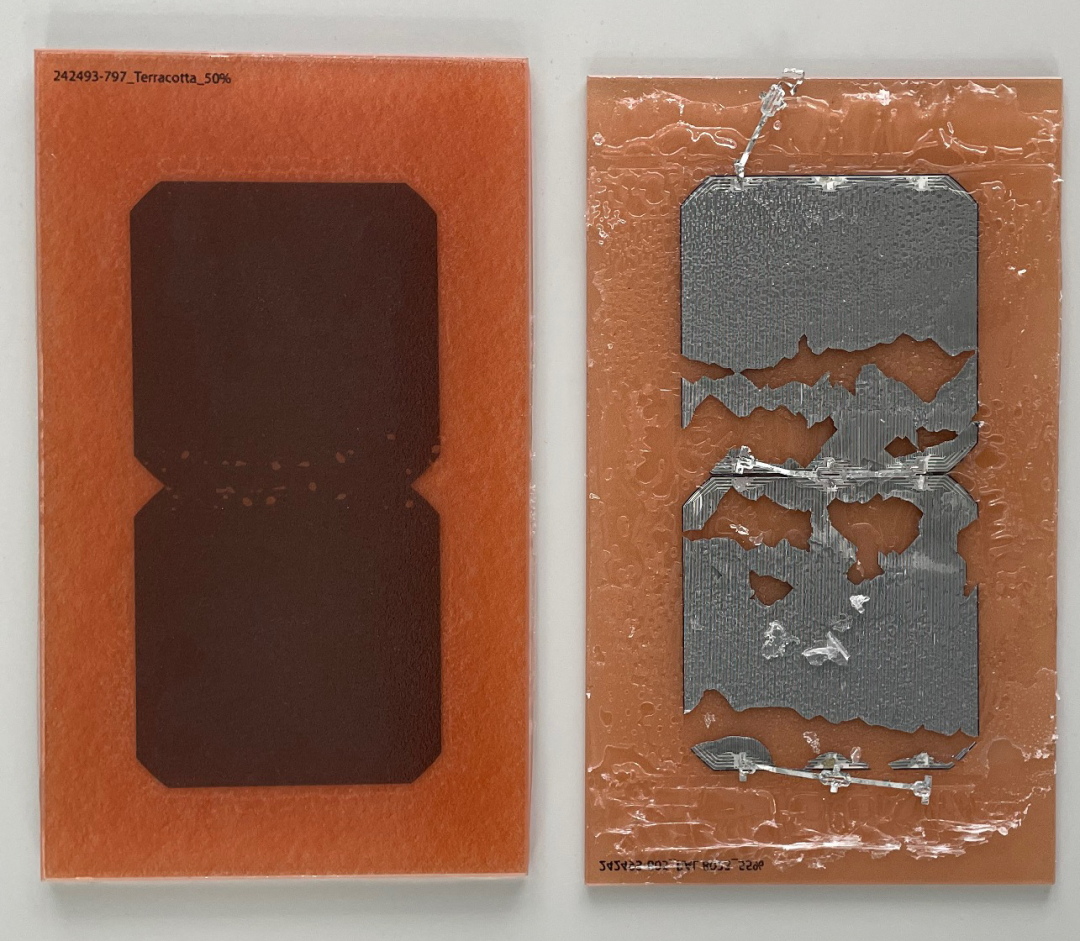
As the world increasingly turns to solar power to combat climate change, the need for solar materials is dramatically increasing. Although PV technology provides renewable electricity generation, the production of suitable materials and disposal of modules at their end of life present significant environmental challenges. PV modules are composed of a wide variety of materials, including glass, aluminum, copper, and silver, as well as various types of plastics and adhesives. These materials are tightly bonded together and difficult to separate, making recycling a key challenge.
The traditional method of PV module recycling involves shredding the modules and separating the materials using a combination of mechanical and chemical processes. This process can be effective in recovering some of the valuable materials, such as silicon and aluminum, but it also produces a large amount of waste and consumes a significant amount of energy. To address these challenges, new methods of PV module recycling are being developed that focus on disassembly and reuse rather than shredding and separation. Designing PV modules for disassembly makes it easier to recover valuable materials.
The broken PV module on display in this exhibition sends a powerful message about the importance of recycling. As the world transitions to the urgently needed sustainable energy future, PV will become an integral part of our buildings. Like with any other building material, we must address the challenge of solar materials separation today and develop new, innovative solutions to ensure the long-term sustainability of our society.
This module is one of the prototypes developed during the Building Integrated Photovoltaics (BIPV) Workshop at ETH Zurich, during which the students had the opportunity to freely assemble, glue, cut, laminate, solder and play with these materials, while creating new future visions for solar applications.
Anku built cabins for a school in the forest in Saxon and Martigny, with natural and reused materials. After the construction site, a series of little pieces of wood were left over. These waste elements were upcycled in this stool. A film was made on the teachings of circular economy principles to schoolchildren through the participatory design of such school cabins, which were designed for dis- and re-assembly, based on vernacular architecture in Swiss, Canadian, and Nordic countries.
The objective of this module is to efficiently reduce energy consumption and to increase solar energy production in cities while minimizing total greenhouse gas (GHG) emissions. The research includes the development of holistic, multi-scale and interdisciplinary approaches for assessing large scale deployment of (building integrated) photovoltaic in realistic urban contexts under different climatic, socio-economic and architectural conditions. Zurich and Singapore are used as complementary case studies and we are interacting with public stakeholders and agencies to directly apply research into practice by receiving feedback and providing training on toolboxes developed.
Find out more aboutA transition to a circular economy, in which used materials may become valuable resources for a new production cycle, is urgently needed. This project aims to develop integrated frameworks and tools based on advanced digital technology for informing the design, construction and management of circular buildings and deploying more effective resource solutions. It addresses the questions of which contributions future circular cities can make to lower adverse environmental impacts and how to derive tailored, site-specific system solutions for sustainable housing.
Find out more about